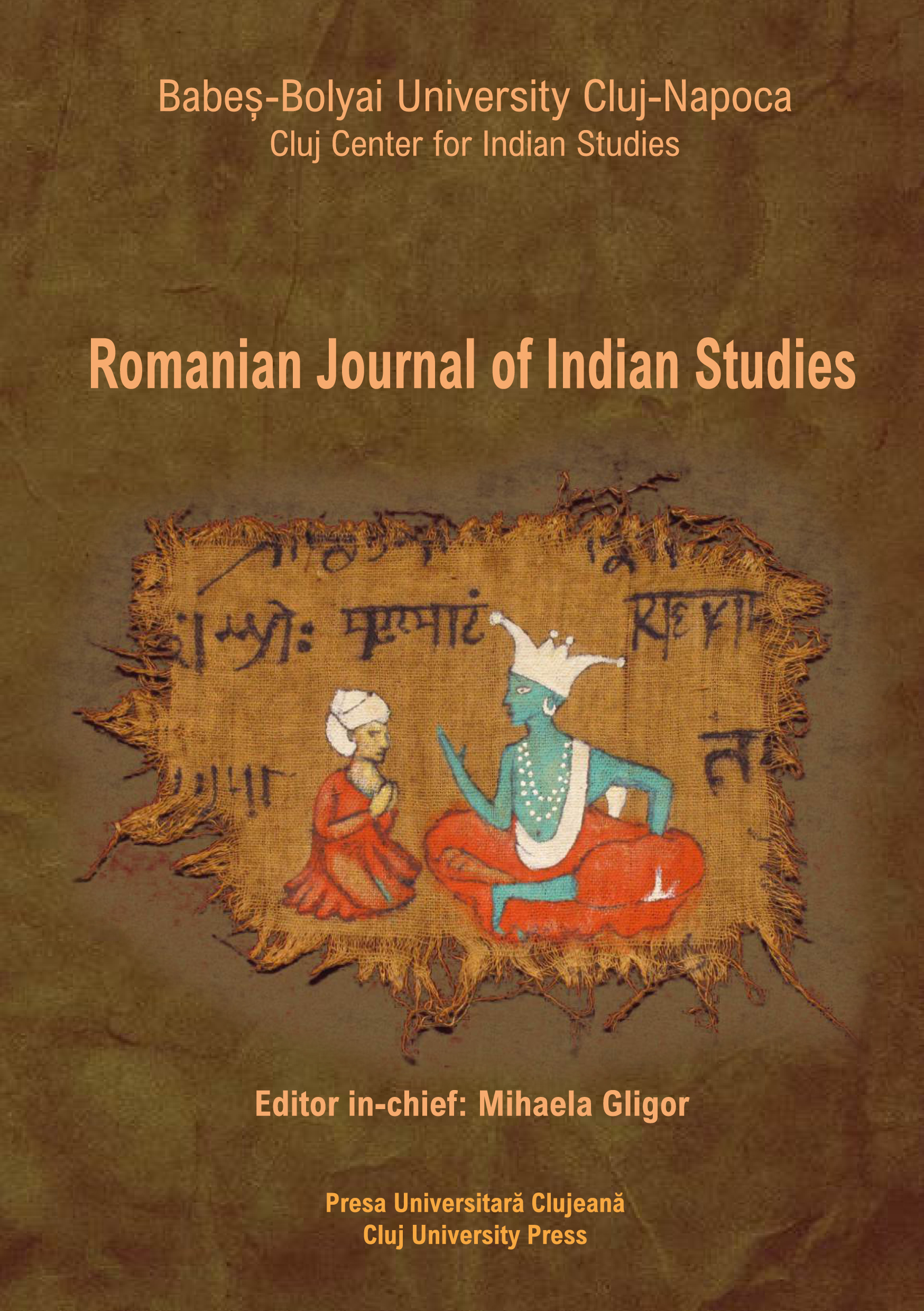Woven Threads of the Rāmāyaṇa. The Early Āḻvārs on Brahmā and Rāvaṇa
Woven Threads of the Rāmāyaṇa. The Early Āḻvārs on Brahmā and Rāvaṇa
Author(s): Raju Kalidos Kesava RajarajanSubject(s): History, Philosophy, Literary Texts
Published by: Presa Universitara Clujeana
Keywords: Āḻvārs; Nālāyirativviyappirapantam; Brahmā; Rāvaṇa; Rāmāyaṇa; Ācāryas; folk tradition; oral history.
Summary/Abstract: The Tamil Vaiṣṇava mystics, the Āḻvārs offer clues to new mythologies, the source of which could not be traced with reference to the Sanskritic originals such as the Rāmāyaṇa and the Mahābhārata. One such mythology pertains to the boon obtained by Rāvaṇa from Brahmā. The Tamil mystics do reveal Viṣṇu appeared as a baby on the lap of Brahmā to warn him not to sanction the boon, which may be catastrophic for cosmic peace. Viṣṇu appearing as a baby is not a new theme. The Little Master lying on the lap of Brahmā (considered the son of Viṣṇu, originating in the lotus emanating from the umbilicus of Śeṣaśāyī) as a baby is novel. Later medieval commentators, the Ācāryas, e.g. Nam Piḷḷai and Periyavāccāṉ Piḷḷai in their commentaries add the source of this myth could not be traced in the itihāsa-purāṇas. It might suggest the early medieval Āḻvārs had consulted a version of the Rāmāyaṇa that was not accessible to the Ācāryas. Alternatively, it may be added such enigmatic versions were based on folk or oral traditions.
Journal: ROMANIAN JOURNAL OF INDIAN STUDIES
- Issue Year: 1/2018
- Issue No: 1
- Page Range: 9-45
- Page Count: 37
- Language: English

